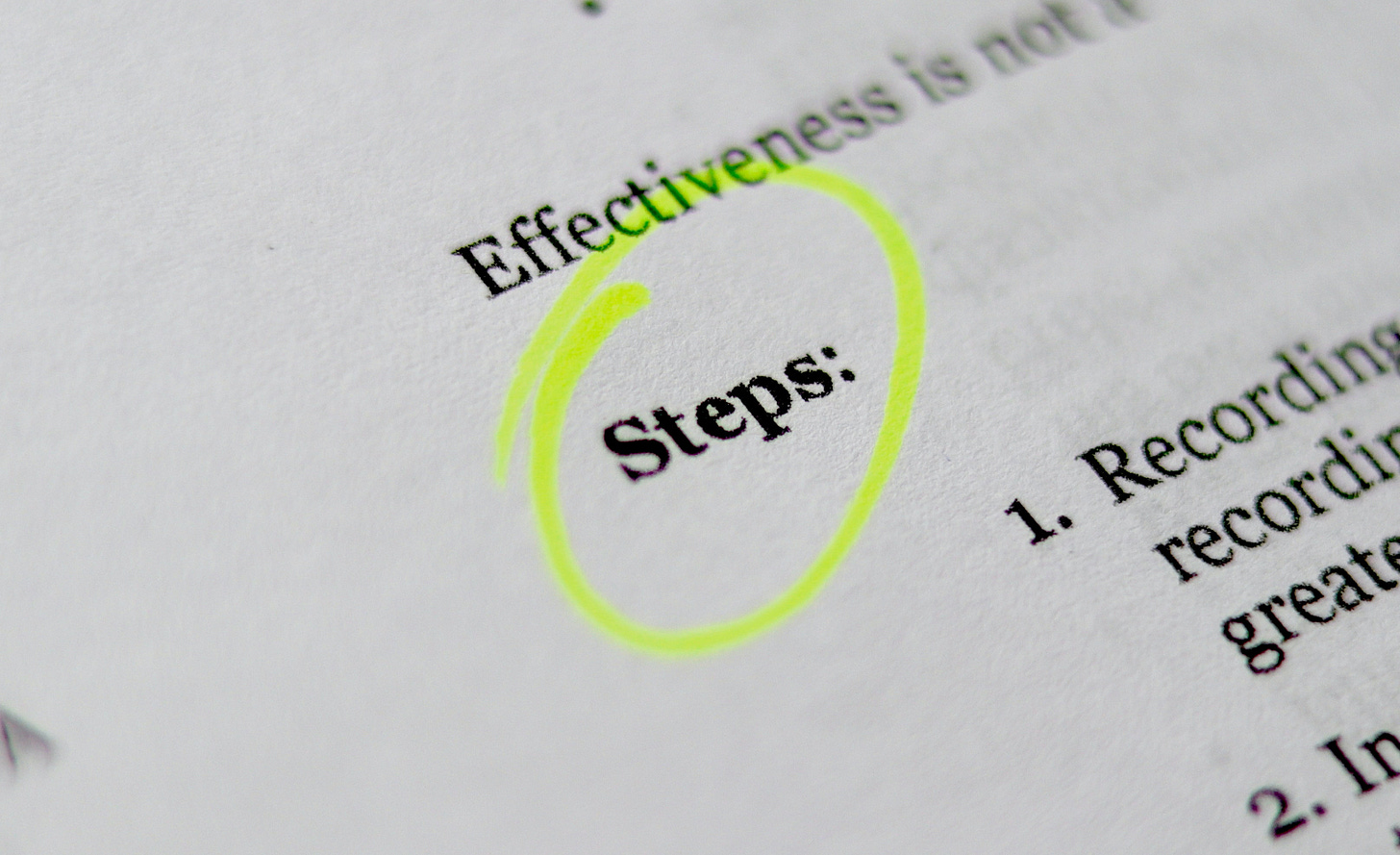In today’s publication we’re going to talk about:
Implementing someone else’s process into your business
Why following that process verbatim probably won’t work
How to use intuitive data to build and maintain processes that work for your unique work environment
IMPLEMENTING PROCESSES INTO YOUR BUSINESS
As you build your business, you’re going to look for ways to streamline your processes.
This also means that you’re most likely going to implement a playbook or process that was designed by someone else.
Example: Let’s say you find an employee onboarding process that someone else created, you like it, and decide to implement it into your business.
This process is simple, you teach it to your team, and you tell them to follow it exactly as written.
Problem solved?
Maybe…but unlikely.
WHY FOLLOWING THE PROCESS VERBATIM PROBABLY WON’T WORK
Your team starts to follow this new onboarding process, and as they’re going through it in real time, they being asking questions.
The process that was implemented into your business didn’t account for the specific softwares that you use. It didn’t account for the unique landscape of your departments. It didn’t account for the way your team communicates with each other.
Your team is asking questions about the process because there are gaps.
Those gaps need to be filled.
The only way to build those gaps, and build a process that will actually work for your business…is to edit your process until it works for your unique work environment.
HOW TO USE INTUITIVE DATA TO BUILD AND MAINTAIN PROCESSES THAT WILL WORK FOR YOUR BUSINESS
The second you implement a new process into your business, your next immediate step is to listen.
If the process works well for your team, there won’t be any questions.
If the process works well for your team, there won’t be steps getting skipped.
But if the process doesn’t fit like a glove, there will be questions, and steps will get skipped.
When that happens, it’s time to collect intuitive data.
You collect intuitive data by:
Listening to any and all questions being asked, followed by documenting those questions.
Seeing if any important steps in the process got skipped, followed by documenting it.
Talking to your team after they went through the process themselves, and asking them if anything within the process was confusing, missing, or out of place. Then you document it.
After you’re done documenting all of the questions and comments, go back to the original process, and add in all of the missing elements.
BUILD AND MAINTAIN PROCESSES THAT WORK FOR YOUR UNIQUE WORK ENVIRONMENT
Implementing someone else’s process or playbook into your business is a great starting point.
But the work isn’t done after you implement it.
Your team naturally knows what they need. They won’t necessarily know that they know, but it will be intuitive.
Your best processes that work REALLY well for your team are hiding in plain sight.
In order to find them, you need to listen, collect intuitive data, and implement the details.
If you don’t feel like you’re the right person for this gig, hire someone (like yours truly) to do it.


